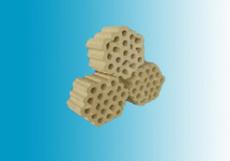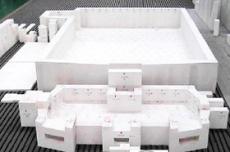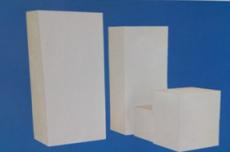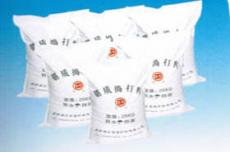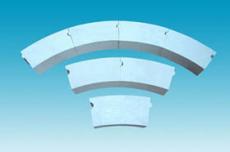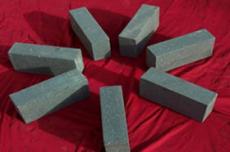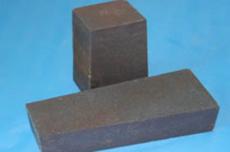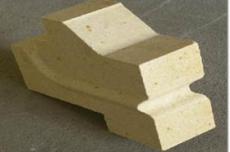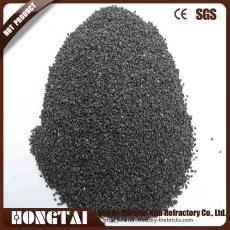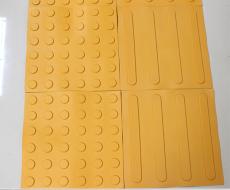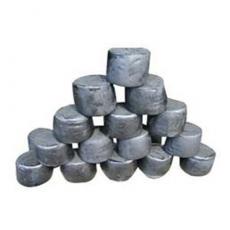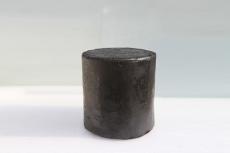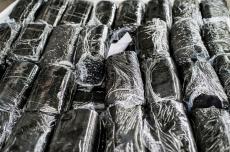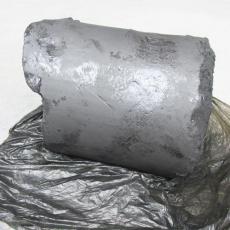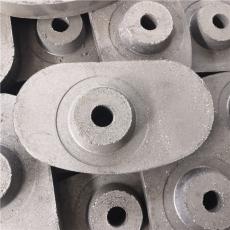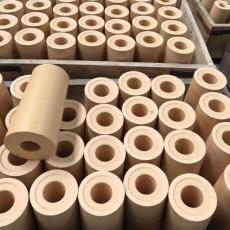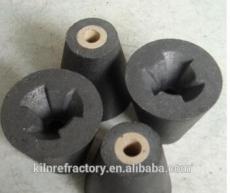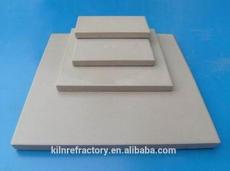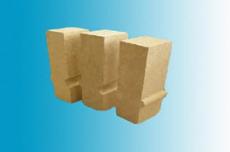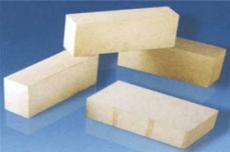
In the field of refractory materials, low-porosity clay bricks have attracted much attention for their unique properties and wide range of applications. So, what exactly are low-porosity clay bricks? What are its characteristics? What is the difference between it and ordinary clay bricks?
Low porosity clay brick
Low porosity clay bricks, as the name suggests, refer to special clay bricks with a porosity of less than 18%. According to the different porosity, we can further subdivide it into several types such as 18%, 16%, 15% and 12%. It is worth noting that the lower the porosity, the more difficult the manufacturing process and the raw material requirements, so the price will also increase.
So, what are the unique properties of low-porosity clay bricks? First of all, its distinguishing features are high strength and high refractory resistance, thanks to its compact internal structure. At the same time, its low porosity also gives it excellent thermal shock stability, which means that it can still maintain a stable shape under rapid temperature changes and is not prone to cracks or breakage.
In addition, low-pore clay bricks are particularly suitable for corrosive environments, especially in key parts such as the regenerator of glass kilns, where their excellent spalling resistance is fully demonstrated. This is due to its low porosity and high strength, making it resistant to both high temperatures and chemical attack.
In terms of production technology, the manufacture of low-porosity clay bricks is not easy. It is based on the manufacturing of traditional clay bricks, by adding specific ingredients such as burnt gems and sintered clay, and going through a precise process of high-pressure molding and high-temperature sintering. It is worth mentioning that the firing temperature needs to be about 30°C higher than that of ordinary clay bricks, which places higher requirements on the high temperature resistance of production equipment.
At the same time, low-porosity clay bricks excel in terms of resistance to erosion, particularly in acidic environments. Compared with ordinary clay bricks, low-porosity clay bricks also have obvious advantages in strength and slag resistance. These performance improvements make low-porosity clay bricks relatively expensive.
The porosity of ordinary clay bricks is usually maintained in the range of 24-26%, while the porosity of low-porosity clay bricks is usually controlled to a finer range of 12-16%. Although there are products with porosity as low as 10%, due to their high manufacturing costs, they are usually only used in extremely harsh or critical locations.
Finally, regarding the formation of low porosity in low porosity clay bricks, it is mainly achieved by adding specific ingredients such as burnt stones. The addition of these ingredients not only effectively reduces the porosity, but also significantly improves the density, strength and erosion resistance of the bricks. Although the firing and production procedures of low-porosity clay bricks are generally similar to ordinary clay bricks, due to its higher sintering temperature and special raw material matrix, it has key properties such as corrosion resistance, thermal shock stability and strength. All achieved significant improvements.
The difference between low porosity clay bricks and ordinary clay bricks
The core differences between low-porosity clay bricks and ordinary clay bricks are mainly reflected in their production process, physical properties and application scenarios. Next, let’s dive into these differences.
In terms of production technology, ordinary clay bricks are mainly completed by mixing, shaping, and air-drying the clay, and then calcining at a temperature of 900-1000°C. The relatively simple and straightforward production process also determines its physical properties and application range. Low-pore clay bricks use a more complex high-pressure manufacturing process. During this process, the clay brick blank is tightly compressed by applying high pressure, thereby significantly reducing the number and size of pores inside the brick body. This high-pressure process not only increases the density of the bricks, but also greatly enhances their structural strength, while also optimizing their thermal insulation and moisture-proof properties.
In terms of physical properties, the apparent porosity of ordinary clay bricks is generally in the range of 22-26%, which limits its application environment to a certain extent. In comparison, the porosity of low-porosity clay bricks is less than 17%. Lower porosity means higher brick density and strength. At the same time, its erosion resistance and thermal shock stability have also been significantly improved. .
From the perspective of application scenarios, ordinary clay bricks are widely used in building walls in cold areas due to their good density and thermal insulation properties, especially those parts that require waterproofing. However, low-porosity clay bricks are widely used in highly corrosive industrial environments, such as glass kiln linings and hot metal tanks, due to their excellent strength, refractory resistance and high density. Especially in those extreme working environments that need to resist the erosion of acidic slag and acidic gas, low-porosity clay bricks have demonstrated irreplaceable advantages.
As a high-performance refractory material, low-porosity clay bricks play an important role in many fields such as construction, metallurgy, and chemical industry due to their low porosity, high strength, excellent thermal insulation performance, and wide range of applications. . With the continuous advancement of technology and the growth of market demand, low-porosity clay bricks are expected to usher in broader development space and application prospects in the future.
